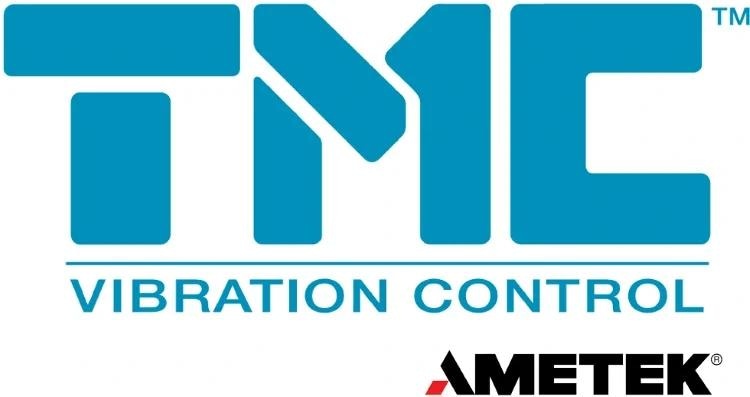In this interview, Brian Keith, the Applications Engineer at TMC Vibration Control, talks to AZoQuantum about quantum computers and the importance of vibration isolation.
Please introduce yourself to our readers.
My name is Brian Keith, and I am an applications engineer with TMC. I have a Ph.D. in Physics from Clark University. At Clark, I worked with the novel magnetic materials group. There, I created quantum antiferromagnets and tested their magnetic properties to aid in the quest for room-temperature superconductivity, one of the holy grails of physics. After graduate school, I worked in Cryogenics for ten years and have been with TMC for the past two years.
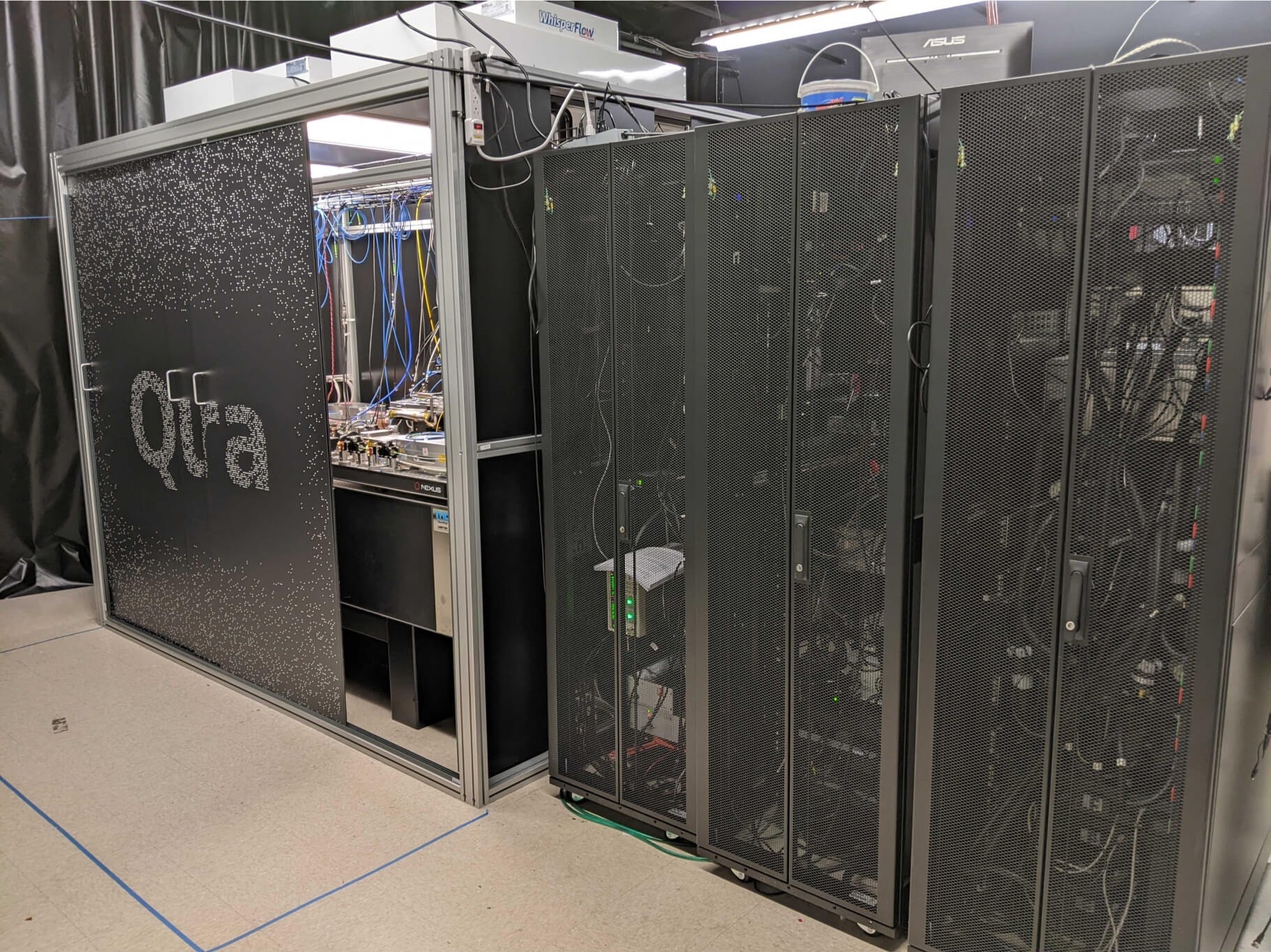
Image Credit: QuEra Computing, Inc., www.quera.com/www.hpcwire.com
What is the basic idea in quantum mechanics that quantum computers use?
Quantum computers take advantage of quantum mechanics, an extremely successful fundamental theory in physics that describes the behavior of very small objects, objects at the atomic level and smaller. The theory states that small objects aren’t made up of solid particles like billiard balls but are fundamentally wavelike. It is more correct to think of an electron, for instance, as being distributed over a small space than having a definite location.
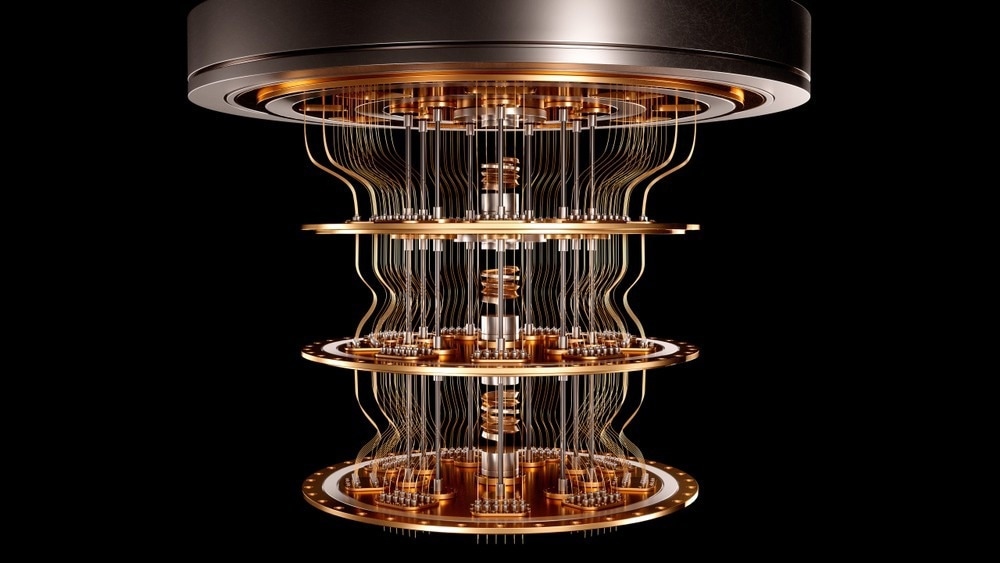
Image Credit: Bartlomiej K. Wroblewski/Shutterstock.com
It has a range of momenta, not a defined momentum, in a wave-like form. That is until you measure it. When you measure or interact with a quantum object, the object randomly picks a definite state and behaves more like a billiard ball or a particle. Until it is measured, it is in a superposition of its possible states. All we know before the measurement is the probability of finding the particle in one state or some other one. This is a really weird idea.
Why should we believe these weird ideas?
Well, 25% of the world’s GDP relies on technology based on exploiting the weird ideas in quantum mechanics. Without Quantum mechanics, we wouldn’t have computers, cell phones, jumbo jets, and so on.
How do we combine quantum mechanics and computers?
In normal computers, a bit can only be in one state at a time, either a 0 or 1. If you had 2 bits, they could read 00, 01, 10, or 11. That’s four different states; each could represent a number, say 0, 1, 2, and 3. If you want to do a calculation, for example, squaring the number, then a computer can only do this for one of those states at a time so that it would perform the calculation four times.
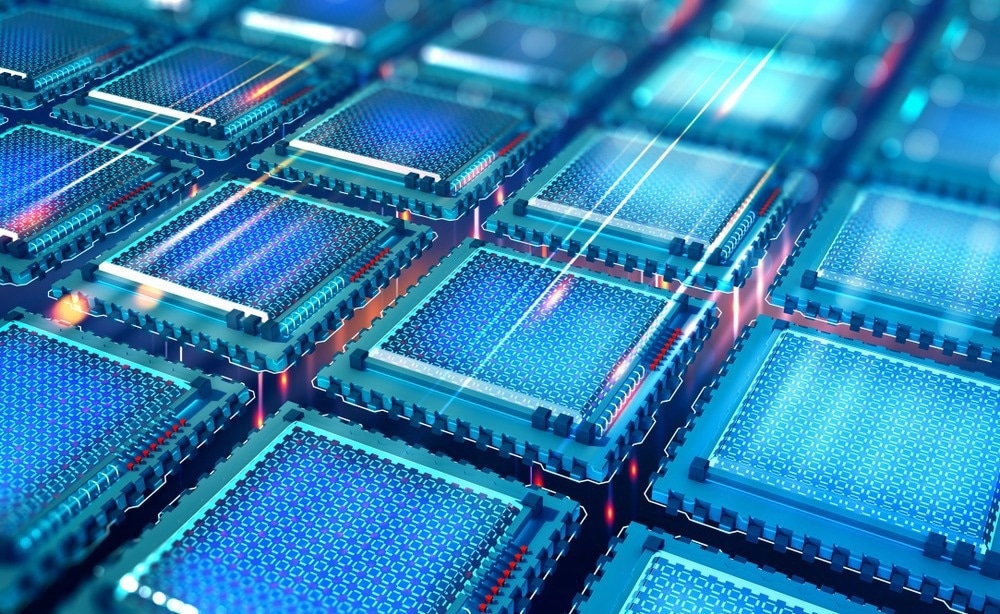
Image Credit: Yurchanka Siarhei/Shutterstock.com
However, quantum computers consist of quantum mechanical bits, called qubits, which also have two states, 0 and 1, but they exist in a superposition of those states. So, If you have two qubits, they exist in a superposition of the states 00, 01, 10, and 11. When you do the same calculation for the qubit, squaring the number, you only have to perform the calculation once, not four times.
If you add a 3rd qubit, you can represent eight states with one superposition. If you have 20 qubits, you can represent a million states. If you have 300 qubits, you can represent more states than particles in the observable universe.
Why is vibration isolation important for quantum computers?
Quantum Computers can be very powerful, but they are also really finicky. The qubits are in a superposition of states until the outside world interacts. An interaction from the outside world could consist of the magnetic field generated from a nearby elevator or a ray of light, random temperature fluctuations in the room, and floor vibrations. Energy transmitted by any of these sources can easily collapse the qubits, thereby turning their wavelike nature into more particle-like.
Once they are particles, they are no longer in a superposition of states, and now the qubits are essentially just bits like regular computers. This problem is referred to as the coherence problem. The qubits are only doing their job if they are coherent. They are coherent as long as they are shielded from the outside world. A considerable part of the engineering effort for quantum computing is keeping the environment as isolated from the outside world as possible.
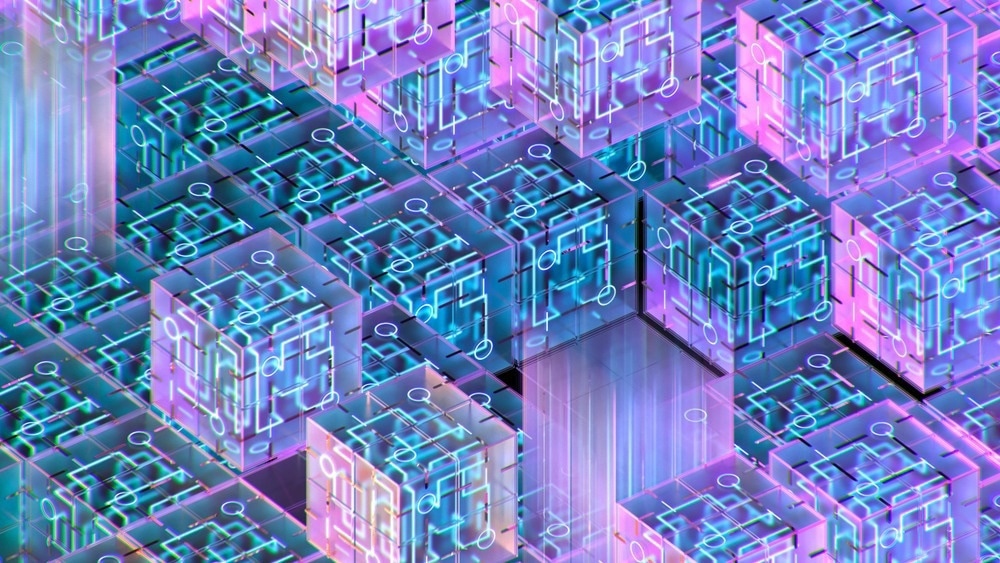
Image Credit: Amin Van/Shutterstock.com
What strategies are employed to keep these computers isolated from the outside environments?
All efforts to build an isolated environment revolve around the cryogenic strategy. There are a few competing strategies for maintaining a cold and quiet environment, but the most common approach is to surround a qubit processor with a dilution refrigerator. A dilution refrigerator uses liquid helium to cool the environment. A special process using a diluted mixture of helium four and the rare isotope helium three is used to get temperatures below 1 degree Kelvin. The average temperature of outer space is about 2.7 degrees Kelvin for comparison.
However, a very important point is that helium is a nonrenewable resource. When released from the earth, it floats off into space to be lost forever unless recaptured. The price of helium is very expensive and the US government limits how much helium institutions can purchase each year. It is about 30 dollars a liter for helium 4 and 3000 dollars for a liter of helium 3. Nearly all dilution refrigerators today are termed dry. This means they utilize an actual refrigeration cycle like the refrigerator in your house.
Instead of freon, though, the refrigerant is helium, and the refrigeration cycle is very efficient so that very cold temperatures can be reached. The cycle is quite violent, though; high-pressure gas moves through braided metal lines, and a piston moves forcefully inside the refrigerator. This activity leads to the single most significant downside of these refrigerators, they introduce tremendous amounts of vibration into the system.
How can one know if the refrigeration is causing collapsed qubits?
Quite often, the vibrations introduced by a refrigerator will be decoupled from the system and diverted toward the floor through flexible bellows. The floor will then vibrate, so the refrigerator structure, which is mounted to the ground, will still see the diverted vibration through the floor itself. In my lab, I saw that the frequencies of these vibrations typically have peaks around 1hz, 30hz, and 60hz, but each lab space is different, so a floor vibration survey can reveal the specific dynamics of the whole system.
What are some options that will help mitigate this problem?
If the floor has low-frequency vibration from 0.5Hz to 100hz, then TMC’s STACIS® Quiet Island can help. A STACIS Quiet Island consists of our STACIS isolators supporting a custom-built 4” thick steel platform with dimensions chosen for the specific application. The STACIS isolators provide an 87-96% floor reduction at 1hz and more than 99% reduction at 2hz.

Image Credit: TMC Vibration Control
If the floor has higher frequency vibration, we can supply a honeycomb optical top, essentially a metallic version of the carpenter’s torsion box, along with our gimbal piston air isolators. The air isolators work as a soft spring with a resonance frequency of 2hz. It provides isolation above this resonance frequency.
If high and low frequency are issues, then our LaserTable-Base could be considered as it mixes our STACIS and gimbal piston technologies to provide both high and low-frequency isolation.
If the setup doesn’t allow for decoupling of the refrigerator and the environment, then an ElectroDamp could be considered. An ElectroDamp would utilize linear motors to apply forces to the refrigerator itself to counteract the motion directly.
Our MagNetX product line is a non-invasive solution that can provide EMI displacement to an entire room if desired.
If you have special circumstances and wish to discuss a custom solution, contact the applications team here at TMC. I am happy to discuss any custom application.
About Brian Keith
Brian Keith is an applications engineer with TMC. He has a Ph.D. in Physics from Clark University. There, he worked with the novel magnetic materials group. After graduate school, he worked in Cryogenics for ten years and has been with TMC for the past two years.
About TMC Vibration Control
TMC is a global leader in precision floor vibration isolation systems with over 50 years of experience.
Major research centers, OEM and end-user semiconductor manufacturers, drug discovery companies, and nanotechnology labs across all seven continents rely on TMC solutions to support ultra-precision measurements, instruments, and manufacturing.
TMC’s precision floor vibration isolation product line ranges from isolated microscope bases and damped optical tables, to sophisticated active vibration cancellation systems featuring piezoelectric actuators and digital controllers.
